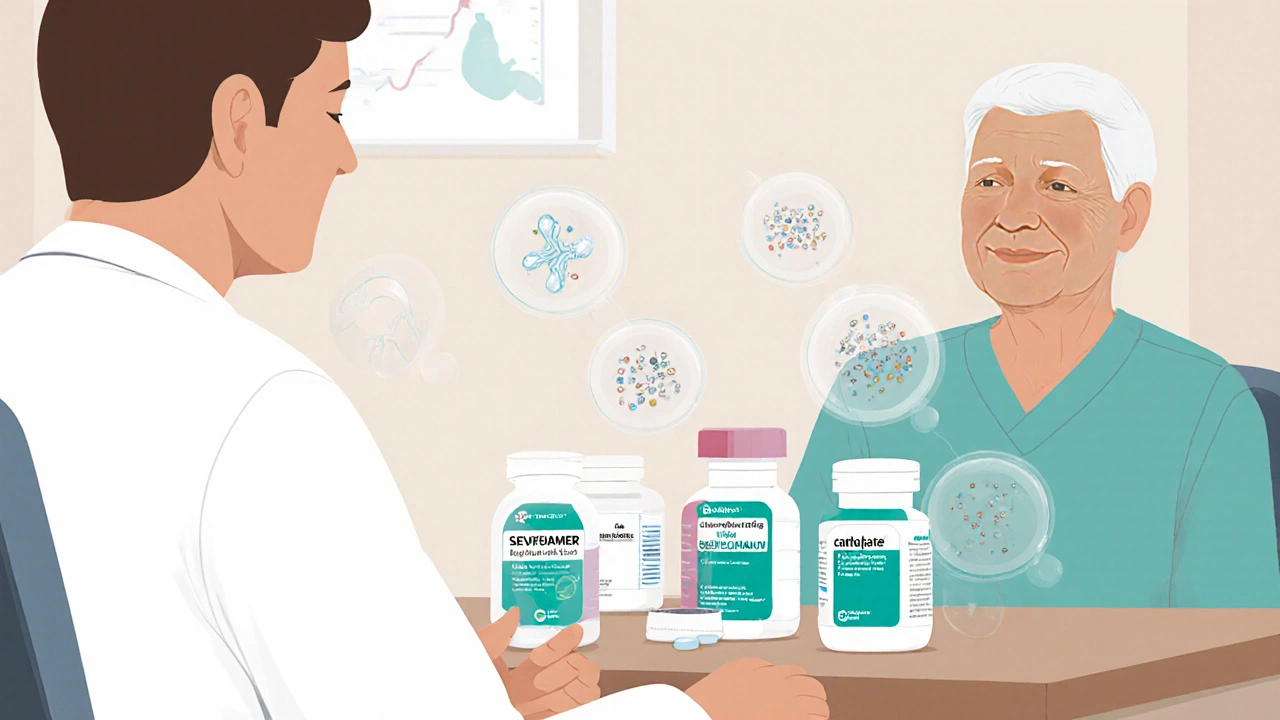Dialysis: Understanding the Lifeline for Kidney Health
When dealing with dialysis, a medical process that removes waste and excess fluid from the blood when the kidneys can’t do it. Also known as renal replacement therapy, it is the go‑to solution for people whose kidneys have failed or are severely impaired. The need for dialysis usually stems from kidney disease, a condition where the kidneys lose their filtering ability over time, and the decision to start treatment hinges on lab values, symptoms, and overall health. Hemodialysis, the most common form, uses a machine and a vascular access to clean the blood outside the body and peritoneal dialysis, which uses the lining of the abdomen as a natural filter and is performed at home. These two modalities together cover the majority of treatment options, while newer hybrid approaches and wearable devices are expanding the field.
Key Concepts, Options, and Daily Realities
Understanding dialysis means knowing the core components that make it work. First, a reliable access—either a fistula, graft, or catheter—is crucial; without it, the blood can’t flow to the machine or peritoneal cavity safely. Second, the treatment schedule is a big part of life: typical in‑center hemodialysis runs three times a week for four hours each, whereas peritoneal dialysis often involves multiple daily exchanges that fit around work or school. Both types demand strict monitoring of electrolytes, fluid balance, and blood pressure, because the process can shift minerals like potassium and calcium, leading to cramps or cardiac issues if not managed. Nutrition plays a big role, too; patients must watch protein intake, limit sodium, and adjust phosphorus to keep the dialysis machine from doing too much extra work. Medications used alongside dialysis—such as phosphate binders, erythropoiesis‑stimulating agents, and antihypertensives—help control the side effects of kidney failure and improve quality of life.
Beyond the mechanics, dialysis is tied to a broader care plan. Many patients eventually become candidates for a kidney transplant, and the time spent on dialysis can affect transplant outcomes. Staying active, maintaining a healthy weight, and keeping infections at bay are all strategies that improve both dialysis efficiency and transplant eligibility. Emerging technologies like home hemodialysis machines and bio‑artificial kidneys aim to reduce treatment time and bring more freedom to patients. Meanwhile, telehealth platforms let clinicians track fluid removal, lab results, and machine alerts in real time, making adjustments faster and reducing hospital visits. All of these trends shape what you’ll read about in the articles below, where we break down specific drugs, disease management tips, and practical advice that intersect with dialysis care. Dive in to see how each piece fits into the bigger picture of kidney health.


